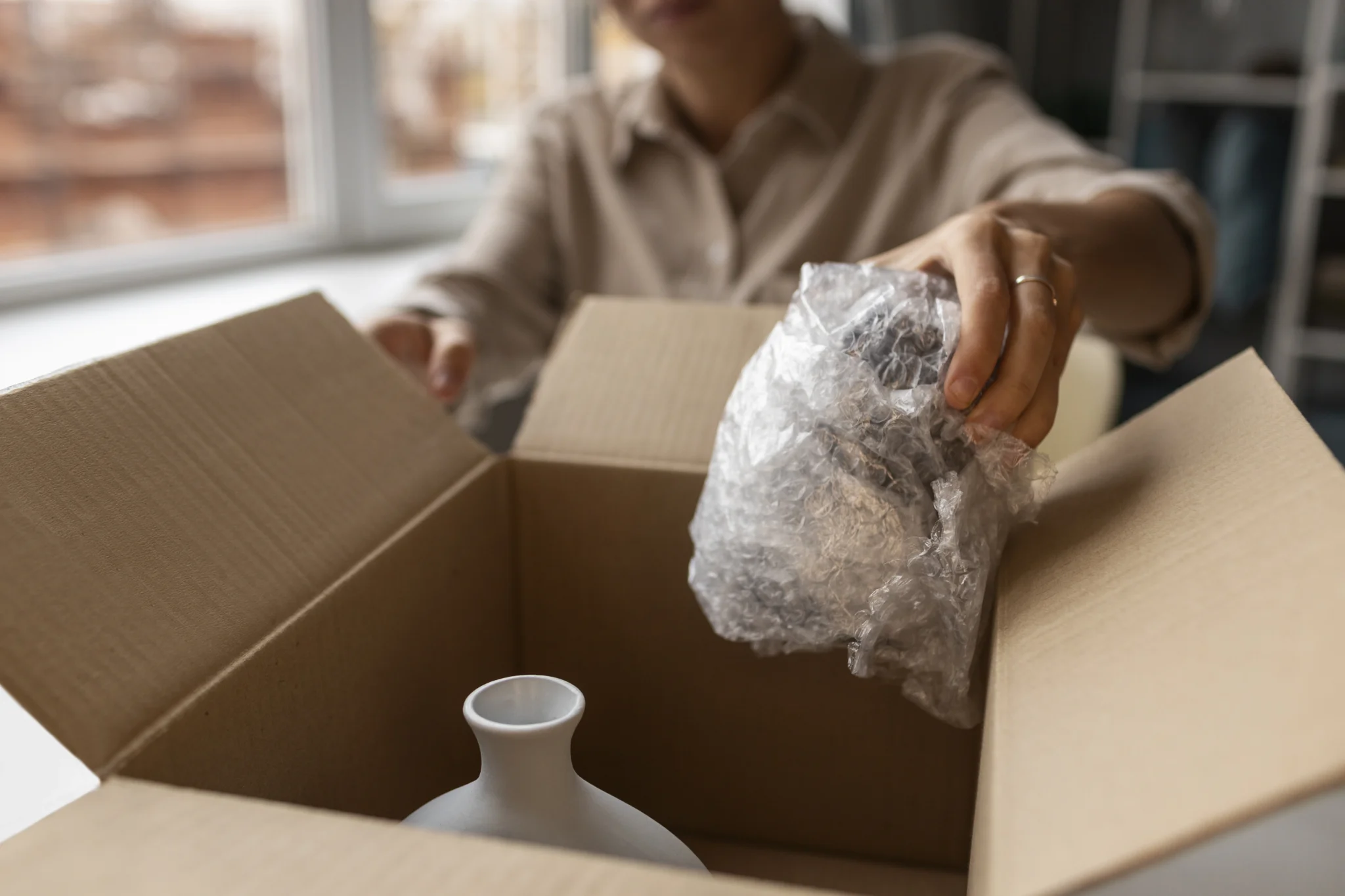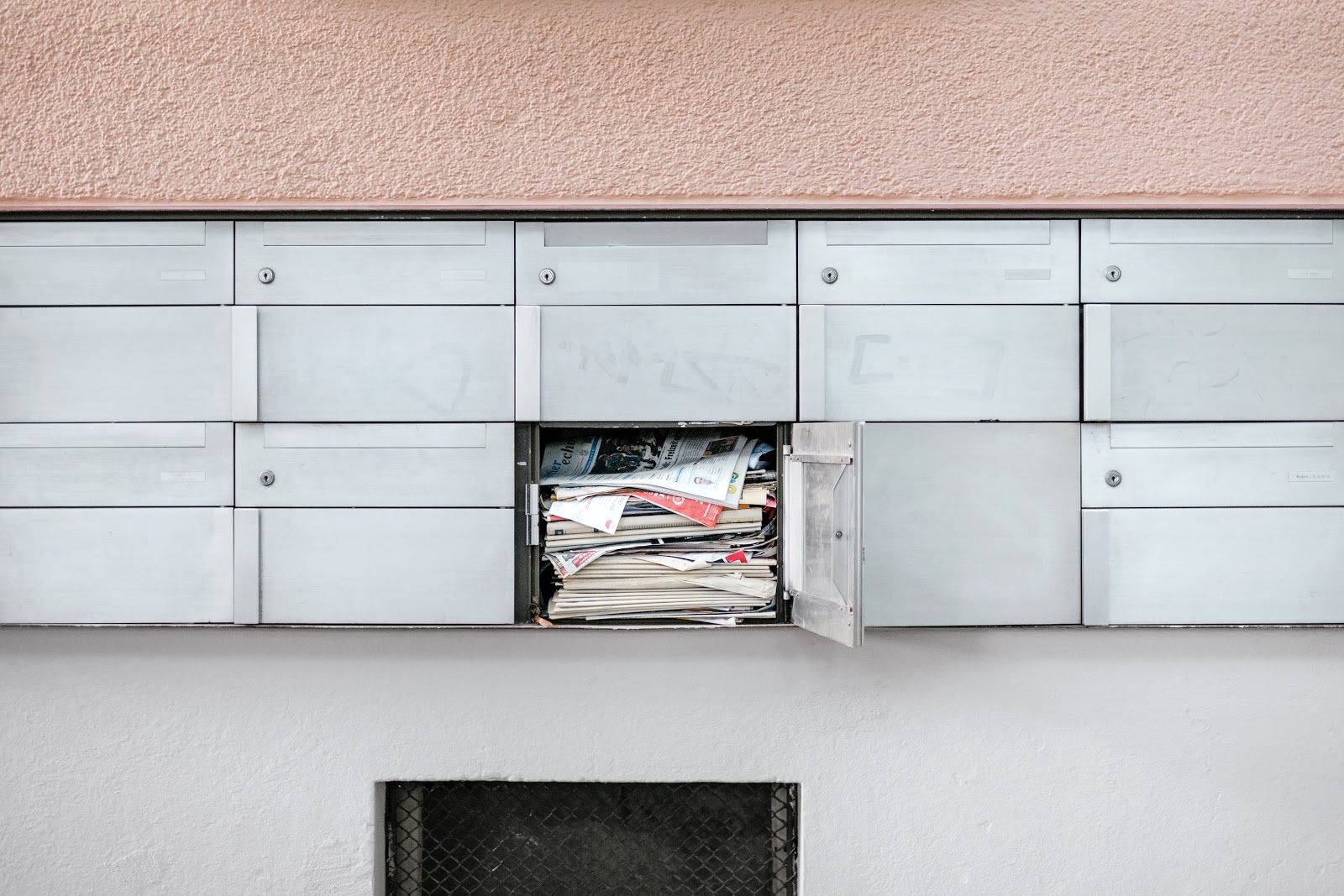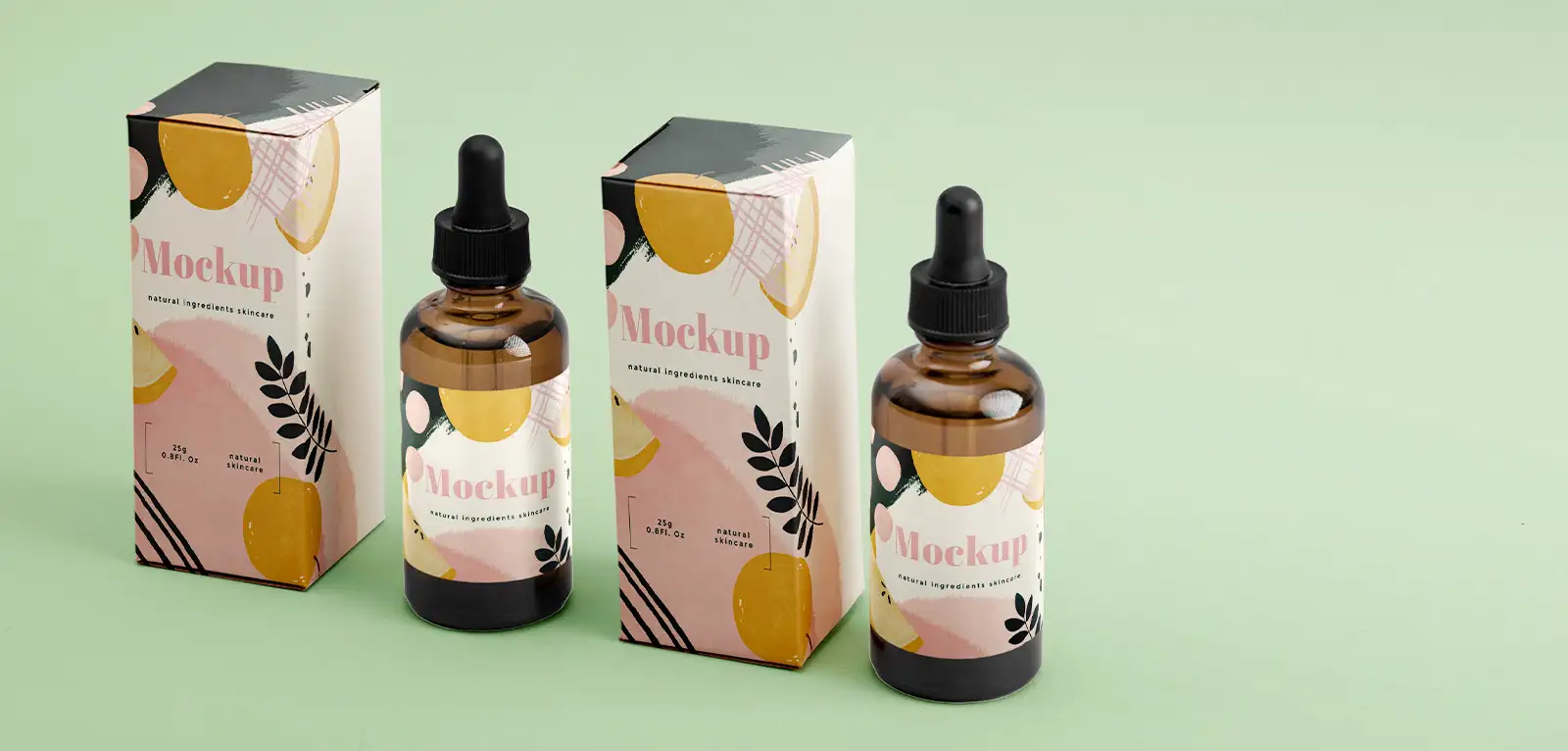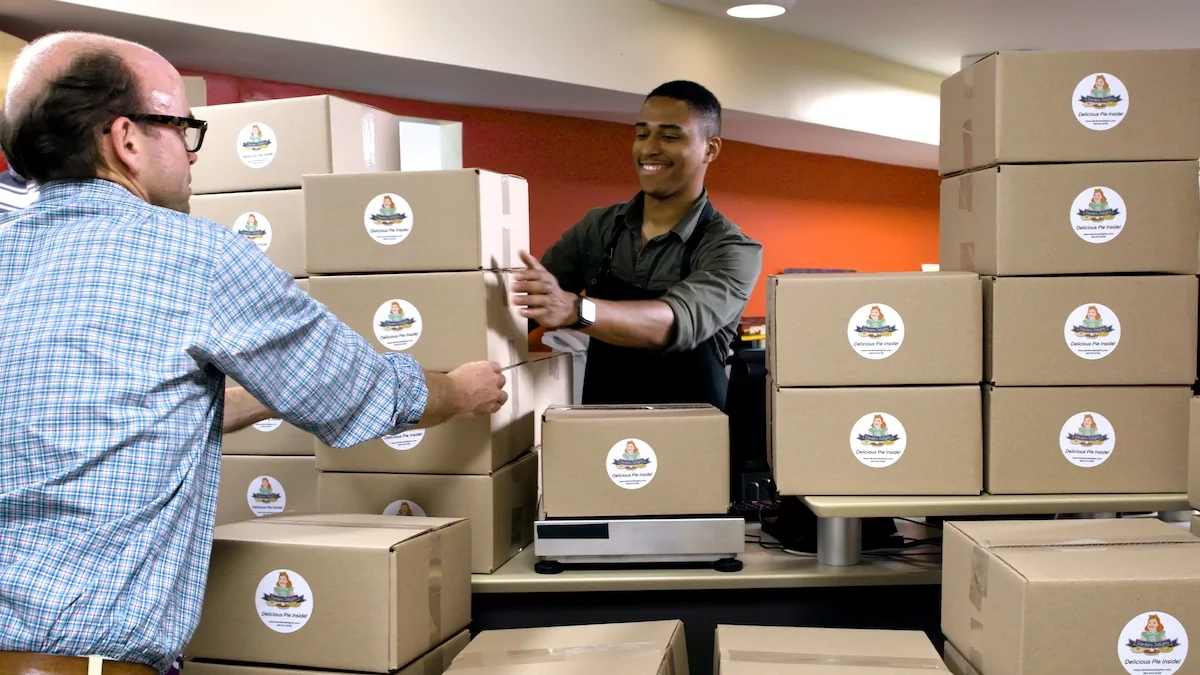November 27, 2024
Holiday Shipping Tips & the Best Packing Materials for Fragile Items


The holiday season is the busiest time of year for shipping. However, making sure your packages arrive intact requires careful planning, especially when shipping fragile items. From selecting the best packing material for fragile items to deciding whether to use professional packaging services or not, thoughtful preparation can save you the heartache of broken goods. In this guide, we’ll walk you through essential tips to protect your packages during transit and how materials like bubble wrap for fragile items can make all the difference.
If you’re a business owner, shipping fragile items isn’t just about avoiding damage–it’s about maintaining your reputation and product quality. A broken item can lead to negative reviews, returns, and loss of customer trust. When you invest in professional packaging services, you ensure that your customers receive their orders in perfect condition, enhancing their overall experience. To build customer loyalty with your packaging, consider using branded materials to create a memorable unboxing experience or think about including a personalized note or holiday message to add a thoughtful touch.
The first and most important step is to plan ahead and ship early whenever possible. During the holiday season, all carriers big and small experience high demand, which can lead to delays. So, plan ahead to give your package plenty of time to reach its destination without being rushed, as rushing often leads to packing mistakes.
When shipping fragile items, the choice of packing material is critical, as it can make all the difference between arrival in perfect condition and a shattered mess. Not all materials provide the same level of protection, and some are more suited to certain types of items than others. Here are the top contenders:
Bubble wrap for fragile items is one of the most reliable protective materials. It cushions the item, absorbing shocks and vibrations that could cause damage. Wrap items individually with multiple layers of bubble wrap, ensuring all surfaces are covered. Secure the bubble wrap with tape to prevent it from unwrapping during transit.
Packing peanuts are a reliable go-to solution for filling empty spaces in your shipping box, ensuring that your valuable items don’t move around during transportation. This preventive measure helps prevent damage and breakage, giving you peace of mind when sending fragile goods. On top of that, combining them with other materials like bubble wrap can create a robust defense system that safeguards your items from the rigors of shipping.
Foam sheets are a valuable tool when it comes to wrapping items with delicate surfaces, like antique vases or electronic devices with screens. By cushioning these items with a thick layer of foam, you can protect them from scratches, cracks, and other forms of damage.
Foam inserts, on the other hand, can be custom-molded to hold items in place, ensuring they remain snug and secure during transportation or storage. This is especially useful for irregularly shaped or highly fragile items, such as sculptures, glassware, or musical instruments. For example, a custom-molded foam insert can be designed to fit a guitar perfectly, protecting its body and neck from damage.
Corrugated cardboard serves as a robust outer shield for shipping boxes, protecting valuable contents from external damage. Its versatility allows it to be repurposed as internal dividers, compartmentalizing the space inside the box. By compartmentalizing the box, each item is given its own safe and secure space, reducing the risk of breakage and damage during transit.
For smaller, less fragile items, crumpled packing paper can offer a basic level of protection, making it a good starting point for safe transportation. The paper’s cushioning effect is due to its unique texture, which absorbs shocks and distributes pressure evenly. However, this material has its limits, so it’s best used as a supplementary material, layered alongside more robust cushioning materials like bubble wrap or foam sheets.
The box you choose is just as important as the materials inside. Always use a sturdy, corrugated cardboard box that can withstand the rigors of shipping. Avoid reusing old boxes that may have weakened over time.
Choose a box that is slightly larger than the item you’re shipping to allow room for protective materials. Too much empty space can cause the item to shift, increasing the risk of damage, while an overly tight fit doesn’t allow room for adequate cushioning.
Once you’ve picked out the best packing material for fragile items, it’s time to assemble your package:
If packing fragile items feels overwhelming, consider outsourcing the task to the professionals at PostNet. Professional packaging services offer expertise and specialized materials to ensure your items are packed securely. These services are especially valuable for businesses shipping high-value or delicate products during the holidays. Here are some of the advantages of leveraging PostNet’s professional packaging services:
Even with the best packing materials and methods, accidents can happen. Insuring your package gives you peace of mind and ensures you’re covered if something goes wrong. While most shipping carriers offer insurance options based on the value of your item, it can be confusing to navigate all the different coverage levels available. Instead, PostNet offers InsureShield® Shipping Protection,* a coverage that automatically protects across DHL, FedEx, and even UPS.
Select a shipping carrier known for handling fragile packages with care. Research their policies and services to find the best fit for your needs. Look for carriers that offer tracking and delivery confirmation to keep an eye on your package throughout its journey. However, when you ship with PostNet, you can compare the rates and services of all the different available carriers for any given package, saving you time and money with each shipment.
If you’re shipping internationally, be aware of customs regulations and packaging requirements for different countries. Some countries have specific restrictions on materials like packing peanuts or foam. To make the process easier, stop by your local PostNet and let one of our shipping professionals help you navigate the international shipping process.
While ensuring the safety of your package is a top priority, consider using eco-friendly or recyclable materials whenever possible. Many companies now offer sustainable alternatives to traditional packing materials, helping reduce environmental impact without compromising protection.
Cutting corners on protective materials is a huge mistake that can cause massive damage to valuable gear, products, or even put people in harm’s way. Investing in good-quality protective materials can help individuals and companies avoid these disasters. This way, they can create a safer workspace where people and equipment are better protected.
Old, worn-out boxes that have been stretched to their limits, bearing the scars of multiple trips, may give in to the pressure of another journey, collapsing or tearing at the seams during shipping, leaving their precious contents vulnerable to damage.
Pushing a box past its maximum load weight puts its structural integrity at risk. This is because the added weight can exert pressure on the box’s joints, seams, and materials, stretching them beyond their designed capacity. By keeping the weight within recommended limits, you can ensure the box remains sturdy and secure, protecting its valuable contents during transport or storage.
Shipping carriers have their own set of rules for handling fragile items, and ignoring these guidelines can lead to broken items, delayed deliveries, and a lot of frustration. For instance, UPS recommends using extra cushioning materials, such as bubble wrap or foam inserts, when shipping fragile electronic devices. Similarly, FedEx advises against using packing peanuts, which can shift during transit and cause damage.
Protecting fragile items during the holidays calls for attention to detail and the right materials. This is especially true when shipping something special, like a family heirloom, or when fulfilling customer orders. From using bubble wrap for fragile items to relying on professional packaging services, every step contributes to a successful delivery. By planning ahead, selecting the best packing material for fragile items, and considering expert help when needed, you can ensure your packages arrive safely and spread holiday cheer without worry.
For expert advice and packaging support, PostNet is here for you. Our team specializes in securing fragile shipments with care, offering a range of professional packaging services tailored to your needs. Make this holiday season stress-free by connecting with your local PostNet center today!
*All PostNet locations are independently owned and operated. Services may vary.
Insurance coverage is offered through UPS Capital Insurance Agency, Inc., a licensed insurance producer. If you elect protection for your shipment, it will be insured under a policy of insurance (the “Policy”), but you are not insured under the Policy. In the event of a loss covered under such Policy, any resulting claim payment will be directed to you as a loss payee. All insurance-related information is provided by UPS Capital and does not in any way alter or amend the terms, conditions, or exclusions of the Policy. Insurance coverage is not available in all jurisdictions or on all shipments. Learn more here.


